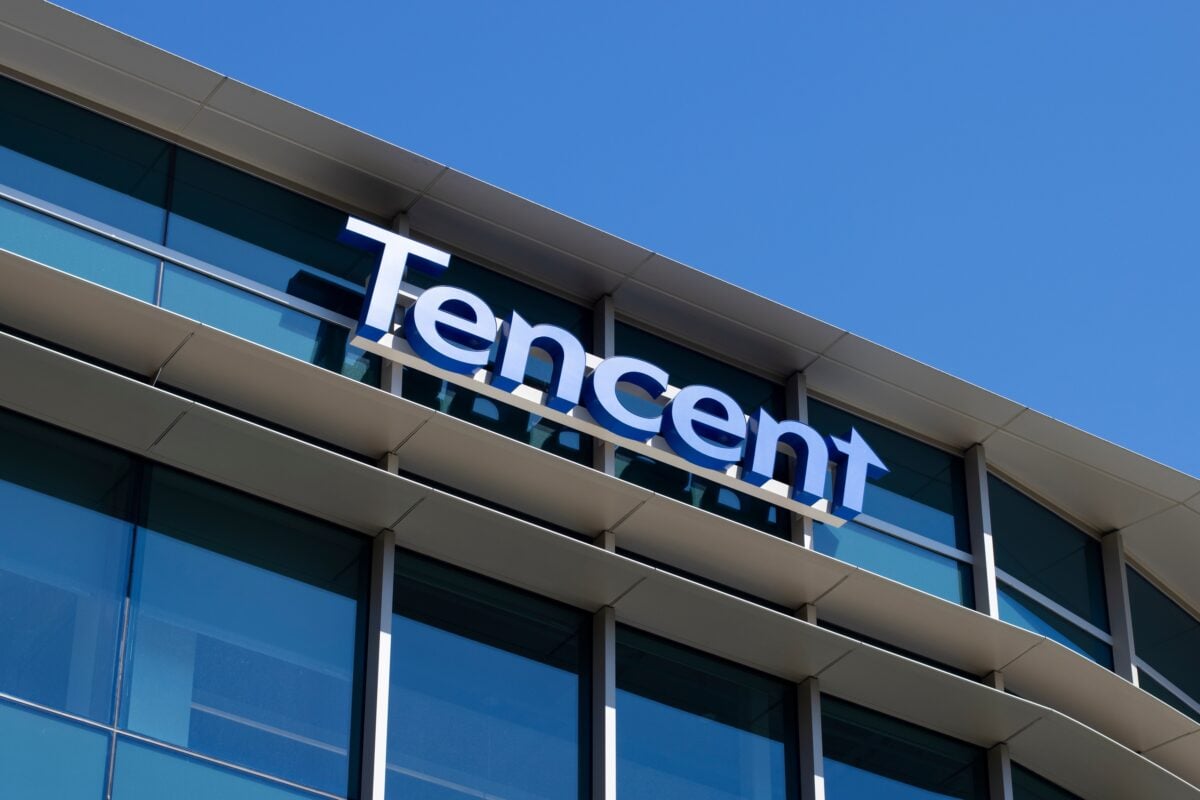Apple (AAPL) Stock: iPhone 17 Sales Jump 22% in China as Market Drops
TLDR
- Apple’s iPhone sales in China jumped 22% in the first month after the iPhone 17 launch in September 2025, reversing a 5% decline seen with the iPhone 16 in 2024.
- The iPhone 17 series accounted for nearly 80% of Apple’s smartphone units sold to Chinese consumers during this period.
- Hundreds of people lined up at Apple’s Beijing flagship store on release day, showing strong consumer interest in the new devices.
- China’s overall smartphone market declined 2.7% year-over-year in Q3 2025, reflecting weak consumer demand across the sector.
- Apple faces growing competition in China from local brands Xiaomi and Huawei.
Apple’s latest iPhone launch is showing stronger traction in China than last year’s model. The company posted a 22% increase in iPhone sales during the first month after the iPhone 17 series hit stores on September 19, 2025.
The numbers mark a turnaround from 2024. Sales dropped 5% in the first month after the iPhone 16 launch last September.
Research firm Counterpoint provided the sales data in a survey released Friday. The figures show Apple gaining ground in a market that remains challenging for smartphone makers.
Apple Inc., AAPL
The iPhone 17 series dominated Apple’s China sales mix. The new lineup represented nearly four-fifths of all iPhone units sold to consumers in the country during the tracking period.
Release day drew crowds to Apple’s Beijing flagship store. Hundreds of shoppers turned out to get their hands on the new devices.
The strong showing comes as Apple battles local competitors for market share. Xiaomi and Huawei have ramped up their efforts in China’s smartphone sector.
Market Context
China’s broader smartphone market tells a different story. Third-quarter sales fell 2.7% compared to the same period in 2024.
Consumer demand remains soft across the sector. The overall market weakness makes Apple’s sales gain more striking.
The iPhone maker managed to buck the downward trend that affected other brands. This performance suggests the iPhone 17’s features resonated with Chinese buyers.
Sales Performance
The 27-percentage-point swing between iPhone 16 and iPhone 17 launch periods stands out. Last year’s 5% decline shifted to this year’s 22% increase.
That shift represents a 27-point improvement in year-over-year performance. The data indicates Apple found a formula that works better for Chinese consumers.
The iPhone 17 series concentration in sales also matters. When nearly 80% of units sold come from the newest models, it shows buyers want the latest features.
Apple’s pricing strategy appears to be working. Chinese consumers paid premium prices for the newest iPhones despite economic headwinds.
The competition from Xiaomi and Huawei hasn’t dampened enthusiasm for Apple products. Chinese buyers still see value in the iPhone brand.
The September 19 launch timing positioned Apple well for the fall shopping season. The company capitalized on consumer interest in new technology releases.
The Counterpoint data covers only the first month post-launch. This snapshot provides an early read on market reception rather than long-term trends.
The post Apple (AAPL) Stock: iPhone 17 Sales Jump 22% in China as Market Drops appeared first on CoinCentral.
You May Also Like

According to Market Analysts This $0.012 AI Token Could Be the Best Investment of the Decade — Ozak AI’s 41,000% Potential Outshines Ethereum’s Early Growth

Crypto On Alert: Raoul Pal Hints At Macro Twist Post-US Govt Shutdown
